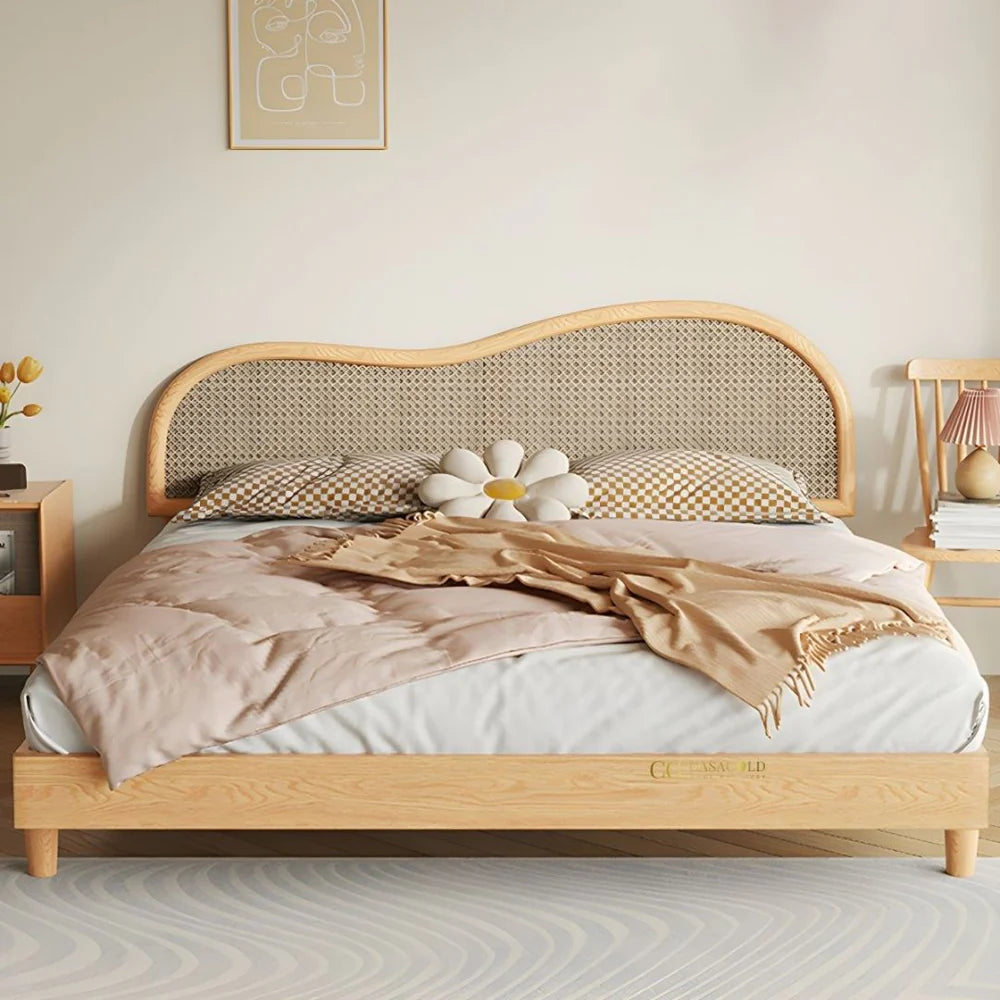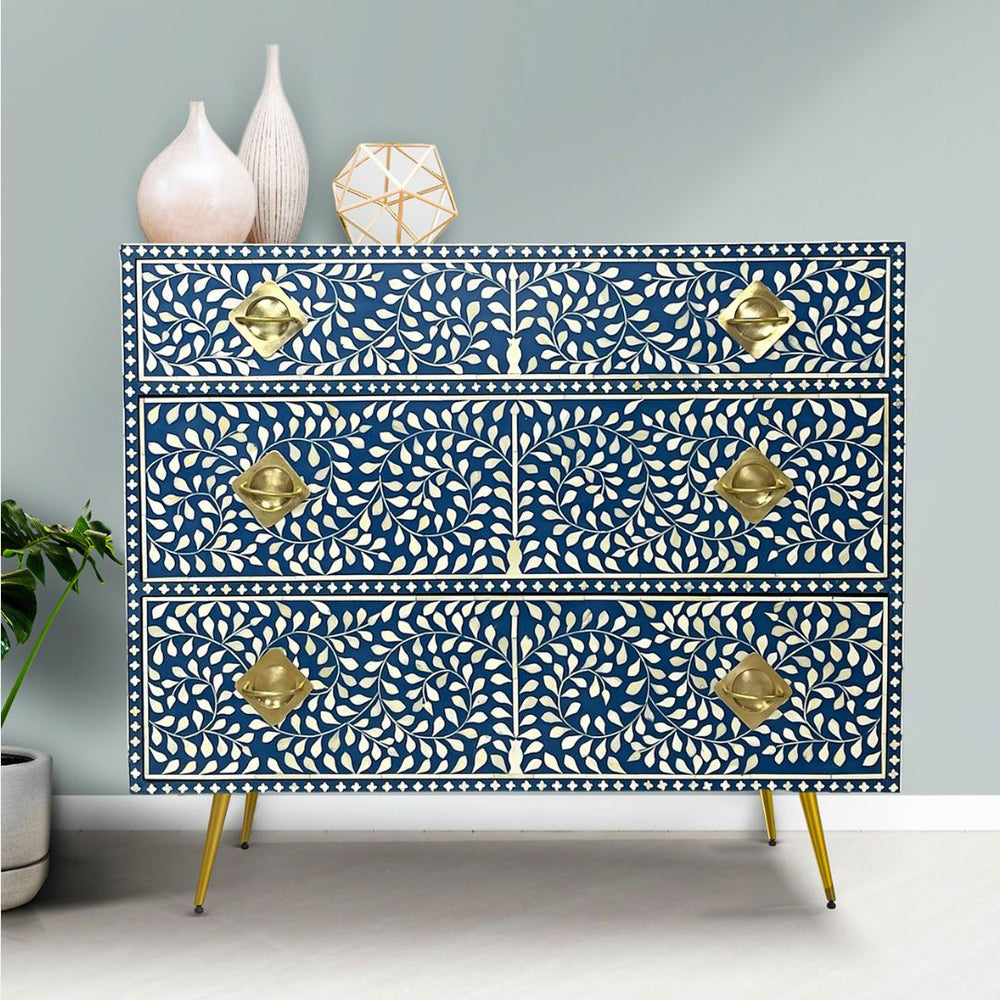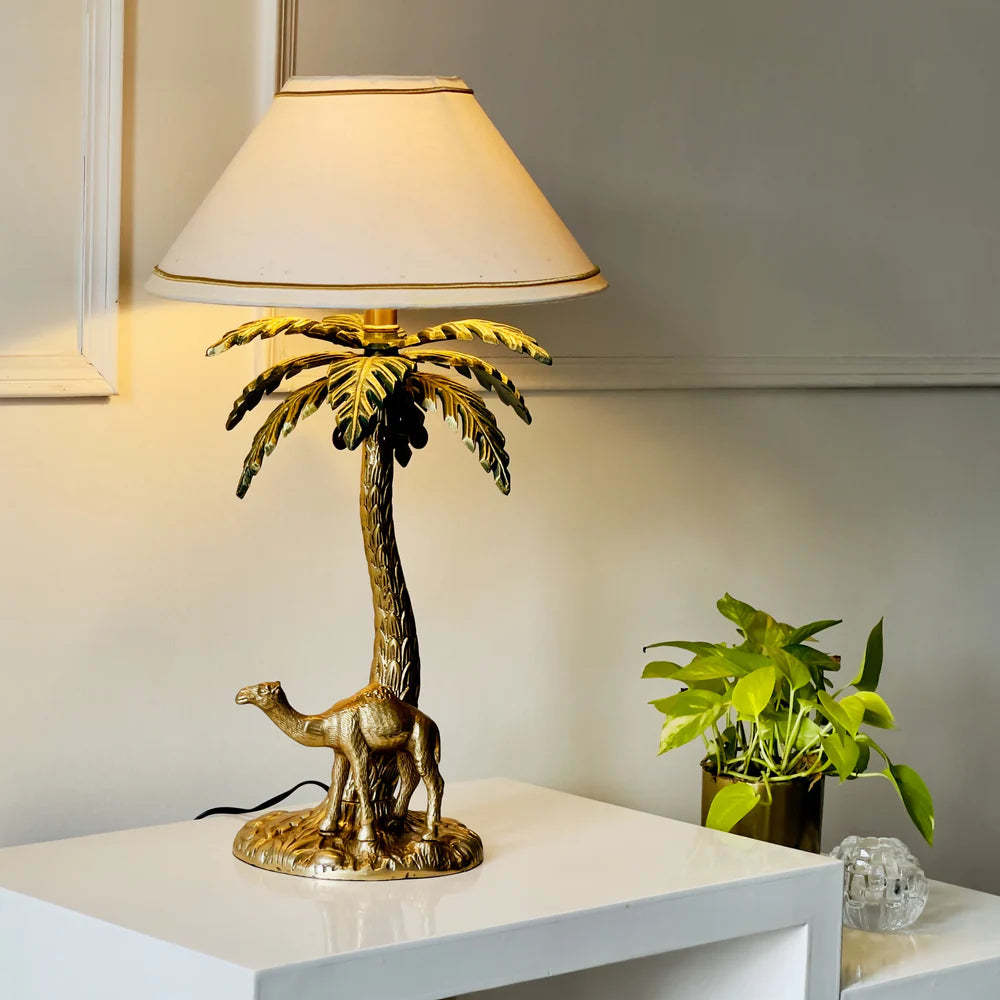
The Artistry and Elegance of Carved Furniture
Step into a world where craftsmanship meets artistry, and a piece of furniture has the ability to tell a story. Welcome to the enchanting realm of carved furniture, where timeless masterpieces are created, showcasing an elegance that transcends time itself.
Carving, an age-old technique that has been refined over centuries, breathes life into wood, transforming it into intricate and ornate designs. Each carving represents countless hours of meticulous craftsmanship, where skilled artisans pour their heart and soul into every stroke. The result? Furniture pieces that exude a sense of grandeur and sophistication, captivating the gaze of all who behold them.
In this article, we delve into the alluring world of carved furniture, exploring the history, techniques, and enduring allure of these remarkable creations. From intricately carved chairs to ornate bed frames, we uncover the stories behind these timeless treasures. Discover how these masterpieces have the power to elevate any space, infusing it with a sense of opulence and character.
Join us as we unveil the artistry and elegance of carved furniture, where tradition and creativity intertwine to create pieces that stand the test of time. Prepare to be captivated by the beauty that lies within each meticulously carved detail.
History of Carved Furniture
The history of carved furniture dates back thousands of years, with roots embedded in ancient civilizations that valued craftsmanship and artistry. The earliest examples of carved wood can be traced to ancient Egypt, where furniture pieces were adorned with intricate designs symbolizing power and divinity. These early artisans used simple tools to create functional and decorative items, laying the foundation for future generations of craftsmen. In these societies, carved furniture served not only practical purposes but also played a significant role in ceremonial and religious practices, showcasing the skill and creativity of the time.
As we move through history, carved furniture evolved significantly during the Middle Ages in Europe. This period saw the rise of Gothic architecture and design, which heavily influenced furniture styles. Carved wood became a hallmark of nobility and was often used to convey wealth and status. Elaborate designs featuring religious iconography, foliage, and mythical creatures adorned chairs, tables, and cabinets. The craftsmanship was not just about aesthetics; it was also about storytelling. Each piece would often depict scenes or motifs that highlighted the values and beliefs of the era, making carved furniture a historical narrative in itself.
The Renaissance marked a pivotal point in the history of carved furniture, leading to a renewed interest in classical themes and humanistic ideals. Craftsmanship flourished as artisans began to experiment with more sophisticated techniques and styles. The use of perspective and proportion became more pronounced, resulting in furniture that was not only functional but also a work of art. This period saw the advent of creators like Andrea Palladio, whose architectural principles influenced furniture design. As the centuries progressed, the styles continued to evolve, reflecting the changing tastes and cultural influences of societies across Europe and beyond.
Different Styles of Carved Furniture
Carved furniture encompasses a diverse range of styles, each characterized by unique motifs and design principles. One of the most recognized styles is Baroque, which emerged in the 17th century. This style is marked by its grandeur and opulence, featuring intricate carvings that often include dramatic curves and elaborate details. Baroque furniture pieces are typically adorned with gold leaf, rich fabrics, and ornate motifs, making them a focal point in any room. The dramatic flair of Baroque design reflects the power and wealth of the aristocracy during that period, creating a sense of luxury that is still celebrated today.
Another noteworthy style is the Rococo, which followed the Baroque period. Rococo furniture is characterized by its playful and whimsical designs, often incorporating asymmetry, soft curves, and motifs inspired by nature. Flowers, shells, and scrolls dominate the carvings, giving pieces a light and airy feel. This style emerged in France and quickly spread throughout Europe, becoming synonymous with elegance and femininity. Rococo furniture pieces, such as chairs and consoles, are often painted in pastel colors, enhancing their delicate appearance and making them popular among the upper class.
As we move into the 19th century, the Victorian style emerged, bringing with it a blend of various influences, including Gothic, Renaissance, and Rococo. Victorian furniture is known for its rich detailing and heavy ornamentation, often featuring dark woods like mahogany and walnut. Carvings in Victorian furniture typically showcase intricate floral patterns, animal motifs, and even historical references. This eclectic style reflects the era's fascination with history, nature, and craftsmanship, resulting in pieces that are both visually stunning and historically significant. Each of these styles tells a different story, showcasing the evolution of design and the artistry involved in creating carved furniture.
Materials Used in Carved Furniture
The choice of materials in carved furniture plays a crucial role in both its aesthetics and durability. Traditionally, hardwoods such as oak, walnut, mahogany, and cherry have been favored for their strength and beautiful grain patterns. Oak, for instance, is renowned for its resilience and is often used in rustic and traditional designs. Its natural beauty lends warmth to any piece, while its durability ensures longevity. Walnut, on the other hand, is prized for its rich color and intricate grain, making it a popular choice for more ornate carvings. The deep hues of walnut add an air of sophistication, often elevating the overall appeal of the furniture.
In addition to hardwoods, softer woods like pine and cedar are also utilized in carved furniture, particularly in more casual or rustic styles. Pine is lightweight and easy to work with, offering a more affordable option for carving intricate designs. Its light color allows for various finishing techniques, making it adaptable to different styles. Cedar, known for its aromatic properties and natural resistance to decay, is often used in outdoor furniture and storage pieces. The unique characteristics of each wood type contribute to the final look and feel of the furniture, allowing artisans to choose materials that best fit their design vision.
Beyond wood, other materials such as metal, ivory, and even stone have been incorporated into carved furniture. Metalwork often complements wooden carvings, adding an extra layer of detail through handles, brackets, or decorative inlays. In some cultures, ivory has been used for fine detailing, although its use is heavily regulated today due to conservation efforts. Stone carvings, while less common in furniture, can be found in tabletops and decorative elements, showcasing the versatility of craftsmanship across different mediums. Each material brings its own unique qualities, further enhancing the artistry of carved furniture.
Techniques Used in Carving
The techniques employed in carving furniture are as varied as the styles themselves, reflecting the skill and creativity of the artisans. One of the most fundamental techniques is relief carving, which involves creating designs that stand out from the surface of the wood. Artisans use chisels and gouges to carve away parts of the wood, leaving raised areas that form intricate patterns and images. This technique requires a keen eye for detail and an understanding of depth, as the skillful manipulation of light and shadow can dramatically enhance the visual impact of the final piece.
Another significant technique is intaglio carving, where the design is carved into the surface of the wood, creating a sunken effect. This method allows for fine details and intricate designs, making it a popular choice for decorative elements on furniture. Intaglio carving often involves the use of specialized tools to achieve precise lines and textures, resulting in a striking contrast between the carved areas and the untouched wood. This technique showcases the artisan's expertise, as it requires not only technical skill but also an artistic vision to create cohesive and harmonious designs.
Additionally, inlays and marquetry are techniques that elevate carved furniture to a new level of artistry. Inlays involve embedding materials such as metal, ivory, or other woods into the carved surface, creating stunning visual effects. Marquetry, on the other hand, involves creating intricate patterns by fitting together various pieces of wood veneer. This technique allows for the creation of elaborate designs and scenes, transforming a simple piece of furniture into a breathtaking work of art. Both techniques require meticulous planning and precision, demonstrating the dedication and craftsmanship of the artisans involved. The mastery of these techniques is what ultimately brings carved furniture to life, making each piece a unique expression of artistry.
Famous Carved Furniture Masterpieces
Throughout history, several carved furniture masterpieces have captured the imagination and admiration of collectors and enthusiasts alike. One such example is the "Great Bed of Ware," a monumental four-poster bed crafted in England during the late 16th century. This bed showcases exquisite carvings that depict biblical scenes and intricate foliage, reflecting the craftsmanship of the period. It is not only a functional piece but also a testament to the artistic prowess of its creator, representing the opulence of the Elizabethan era. The bed’s impressive scale and detailed carvings have made it a celebrated artifact, often featured in exhibitions and museums.
Another iconic piece is the "Throne of the Great Khan," a legendary chair attributed to Genghis Khan's empire. This throne, which is believed to have been carved from precious woods and adorned with intricate gold and silver detailing, symbolizes power and authority. Though the original throne has not survived, replicas and representations continue to inspire awe, showcasing the grandeur of carved furniture in historical contexts. The artistry involved in creating such a piece emphasizes the cultural significance of furniture as a reflection of status and power.
In contemporary times, the work of renowned furniture designer Thomas Chippendale has left an indelible mark on the world of carved furniture. His pieces, characterized by ornate carvings and elegant proportions, exemplify the Rococo and Gothic styles of the 18th century. Chippendale's use of intricate motifs, such as cabriole legs and floral designs, has made his furniture highly sought after by collectors. His legacy continues to influence modern furniture design, with many contemporary artisans drawing inspiration from his masterpieces. These iconic works serve as reminders of the enduring beauty and artistry found in carved furniture, transcending time and trends.
Carved Furniture in Interior Design
Carved furniture plays a pivotal role in interior design, adding depth and character to any space. Its intricate detailing and unique craftsmanship can serve as stunning focal points, drawing the eye and sparking conversation. In traditional settings, carved pieces often provide a sense of history and gravitas, making them ideal for spaces that aim to convey elegance and sophistication. Whether it's a beautifully carved side table or an ornate armchair, these pieces can transform a simple room into a captivating environment that tells a story.
In modern interior design, carved furniture is often used to create a juxtaposition between contemporary and classic styles. Designers frequently incorporate vintage or antique carved pieces into minimalist or industrial settings, resulting in a harmonious blend of old and new. This approach not only adds visual interest but also infuses the space with a sense of warmth and personality. Carved furniture's ability to stand out while complementing various design elements makes it a versatile choice for homeowners and designers alike.
Furthermore, carved furniture can also enhance specific themes within interior design. For example, in a rustic or farmhouse setting, reclaimed carved wood pieces can evoke a sense of nostalgia and authenticity. In contrast, ornate carvings can elevate a space with a Baroque or Rococo theme, creating an atmosphere of luxury and indulgence. The adaptability of carved furniture allows it to seamlessly integrate into various design schemes, ensuring that it remains a timeless choice for any interior. Ultimately, the presence of carved furniture enriches the narrative of a space, offering a tangible connection to craftsmanship and artistry.
Caring for Carved Furniture
Maintaining the beauty and integrity of carved furniture requires a thoughtful approach and regular care. One of the most important aspects of caring for these pieces is proper cleaning. Dust and dirt can accumulate in the intricate carvings, detracting from their visual appeal. To clean carved furniture, it's essential to use a soft, lint-free cloth or a microfiber duster to gently wipe away dust. Avoid using harsh chemicals or abrasive materials, as these can damage the wood and finish. Instead, opt for a solution of mild soap and water if deeper cleaning is necessary, ensuring that the cloth is damp rather than wet to prevent water damage.
In addition to regular cleaning, protecting carved furniture from environmental factors is crucial. Direct sunlight can fade and damage the finish of wooden pieces, so it's advisable to place them away from windows or use curtains and blinds to filter light. Humidity levels also play a significant role in the preservation of carved furniture. Excessive moisture can cause wood to warp or crack, while overly dry conditions can lead to splitting. Maintaining a stable indoor climate with appropriate humidity levels helps ensure that carved furniture remains in optimal condition.
Lastly, periodic inspections and maintenance are essential for preserving the integrity of carved furniture. Checking for loose joints, signs of wear, or damage allows for timely repairs before they escalate into more significant issues. If necessary, consult with a professional restorer to address any damage or to refinish the piece while preserving its original character. By investing time and care into maintaining carved furniture, owners can enjoy these exquisite pieces for generations, ensuring that their beauty and craftsmanship continue to be appreciated.
Where to Find and Buy Carved Furniture
Finding and purchasing high-quality carved furniture requires a discerning eye and an understanding of where to look. Antique shops and auctions are excellent places to discover unique and historically significant pieces. Many of these establishments specialize in vintage and antique furniture, providing an opportunity to acquire items with rich stories and craftsmanship. Visiting local antique markets or estate sales can also yield hidden treasures, allowing buyers to connect with the past while bringing home a piece of history.
Online marketplaces have become increasingly popular for sourcing carved furniture, offering a vast selection from various eras and styles. Websites dedicated to vintage and antique sales, such as 1stdibs, Chairish, and Etsy, feature curated collections of carved pieces from different sellers. When purchasing online, it’s essential to thoroughly research the seller, review product descriptions, and examine photographs to ensure the piece's quality and authenticity. Additionally, many retailers and artisans now offer custom carved furniture, allowing buyers to commission bespoke pieces tailored to their specific tastes and needs.
Lastly, attending furniture fairs and exhibitions can provide direct access to artisans and designers who specialize in carved furniture. These events often showcase both traditional and contemporary pieces, giving attendees the chance to appreciate the craftsmanship up close. Engaging with the artisans offers insight into their creative processes and may lead to discovering unique pieces not available elsewhere. Whether through antique shops, online platforms, or artisan fairs, the journey of finding and acquiring carved furniture can be as rewarding as owning the pieces themselves.
Conclusion: The Enduring Beauty of Carved Furniture
The allure of carved furniture lies in its ability to transcend time, offering a glimpse into the artistry and craftsmanship of past eras while remaining relevant in modern design. Each piece tells a story, reflecting the cultural influences, values, and creativity of its time. From the intricate details of Baroque chairs to the delicate motifs of Rococo cabinets, carved furniture encapsulates the essence of human expression through craftsmanship. Its beauty and elegance continue to captivate enthusiasts and collectors, ensuring that it remains a cherished element in both historical and contemporary interiors.
As we explore the various styles, techniques, and materials used in carved furniture, it becomes evident that these pieces are not merely functional items but significant works of art. Their presence enriches spaces, infusing them with character and a sense of history. Whether displayed in a grand estate or a cozy home, carved furniture serves as a testament to the skill of artisans who dedicate their lives to perfecting their craft. The enduring beauty of these masterpieces invites us to appreciate the intricate details and stories that lie within each carved surface.
In a world increasingly focused on mass production and uniformity, carved furniture stands as a reminder of the value of individuality and craftsmanship. Investing in carved furniture is not just a purchase; it is an appreciation of art that can be passed down through generations. As we embrace the artistry and elegance of carved furniture, we celebrate a legacy that honors tradition, creativity, and the timeless beauty that continues to inspire.




Leave a comment
This site is protected by hCaptcha and the hCaptcha Privacy Policy and Terms of Service apply.